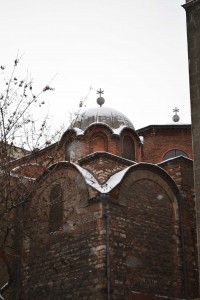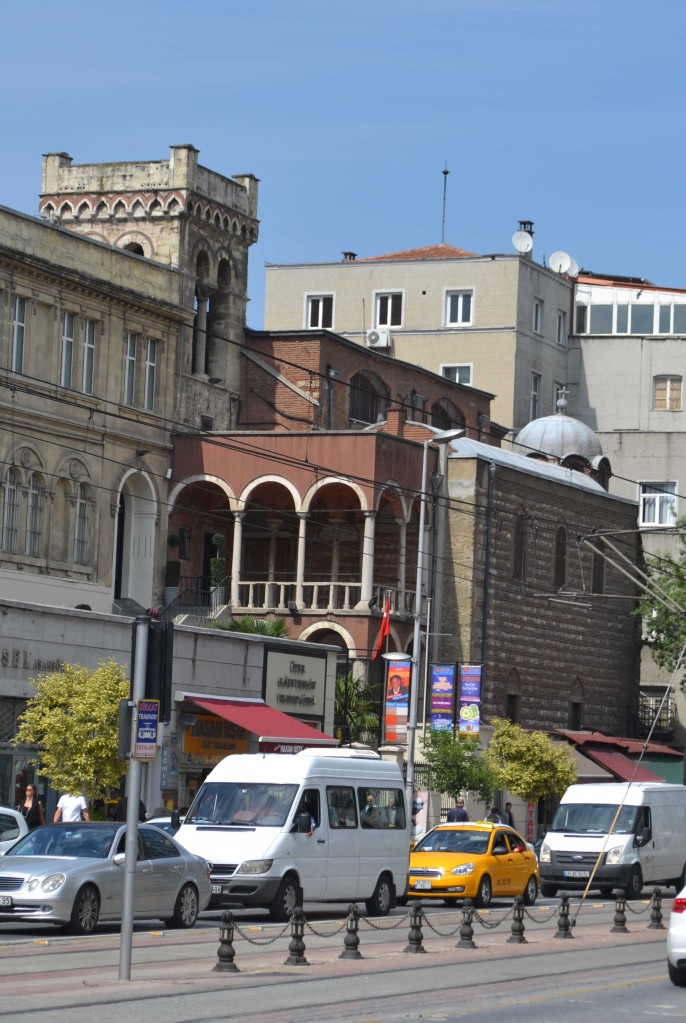

Posted October 29, 2014 Posted by Adam in Uncategorized
The Church of St. Benoit (41.025101, 28.976850) now lies within the precincts of the French Lycée of St Benoit on Kemeraltı Caddesi. Mamboury says that the church was founded in the late 14th century; Freely puts the date at 1427. Whatever the exact time, what we see now is vastly altered from the original church due to the devastating effects of fires in 1686, 1696, 1731 and 1865.
This was a Latin, rather than Byzantine church, being occupied by Benedictines, Franciscans, Jesuits and Lazarists at different times, but it was established before the Ottoman conquest of 1453. The belltower appears to be largely original and may be the only part of the church that survives from the Byzantine period. Mamboury dates the columned porch above the stairs to the 15th century but the columns themselves appeared in the restoration after the fire of 1686.
The extent to which the tower can be said to be a 15th century construction is open to some doubt.
The above photograph from the late
19th century shows a very different appearance from the present day.
At some stage, a rather nice Byzantine capital appeared above a central column. On the 19th century photograph, a bricked-up section appears in the area in which the column is now placed. Presumably, the column and capital represent part of an attempt to restore an earlier appearance.The construction on the top of the 19th century tower may have been removed for the same reason.
The nave is a large, blocky structure. This picture illustrates the southern part, restored in 1732. The remainder, from 1871, is a utilitarian sort of job, replacing what is reputed to have been a rather nice vestibule with decorative inscriptions. These, however, were lost in the 1865 fire.

Posted October 29, 2014 Posted by Adam in Uncategorized
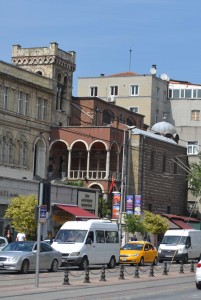 The Church of St. Benoit now lies within the precincts of the French Lycée of St Benoit on Kemeraltı Caddesi. Mamboury says that the church was founded in the late 14th century; Freely puts the date at 1427. Whatever the exact time, what we see now is vastly altered from the original church due to the devastating effects of fires in 1686, 1696, 1731 and 1865.
The Church of St. Benoit now lies within the precincts of the French Lycée of St Benoit on Kemeraltı Caddesi. Mamboury says that the church was founded in the late 14th century; Freely puts the date at 1427. Whatever the exact time, what we see now is vastly altered from the original church due to the devastating effects of fires in 1686, 1696, 1731 and 1865.
This was a Latin, rather than Byzantine church, being occupied by Benedictines, Franciscans, Jesuits and Lazarists at different times, but it was established before the Ottoman conquest of 1453. The belltower appears to be largely original and may be the only part of the church that survives from the Byzantine period. Mamboury dates the columned porch above the stairs to the 15th century but the columns themselves appeared in the restoration after the fire of 1686.
The extent to which the tower can be said to be a 15th century construction is open to some doubt.
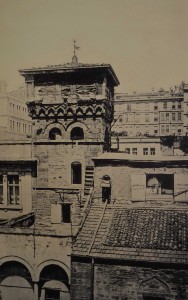
Plate 21 of Leon de Beylie's 'L'Habitation Byzantine' from 1903
This photograph from the late
19th century shows a very different appearance from the present day.
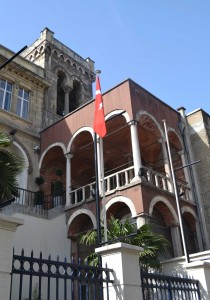
The bell tower in 2014
At some stage, a rather nice Byzantine capital appeared above a central column. On the 19th century photograph, a bricked-up section appears in the area in which the column is now placed. Presumably, the column and capital represent part of an attempt to restore an earlier appearance.
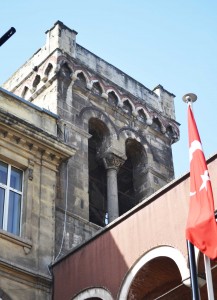
The Byzantine capital in the tower
The nave is a large, blocky structure. This picture illustrates the southern part, restored in 1732. The remainder, from 1871, is a utilitarian sort of job, replacing what is reputed to have been a rather nice vestibule with decorative inscriptions. These, however, were lost in the 1865 fire.
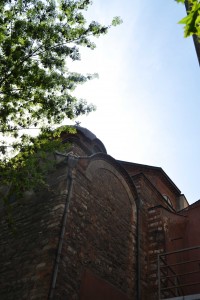
Southern section of the nave.

Next Entries »

